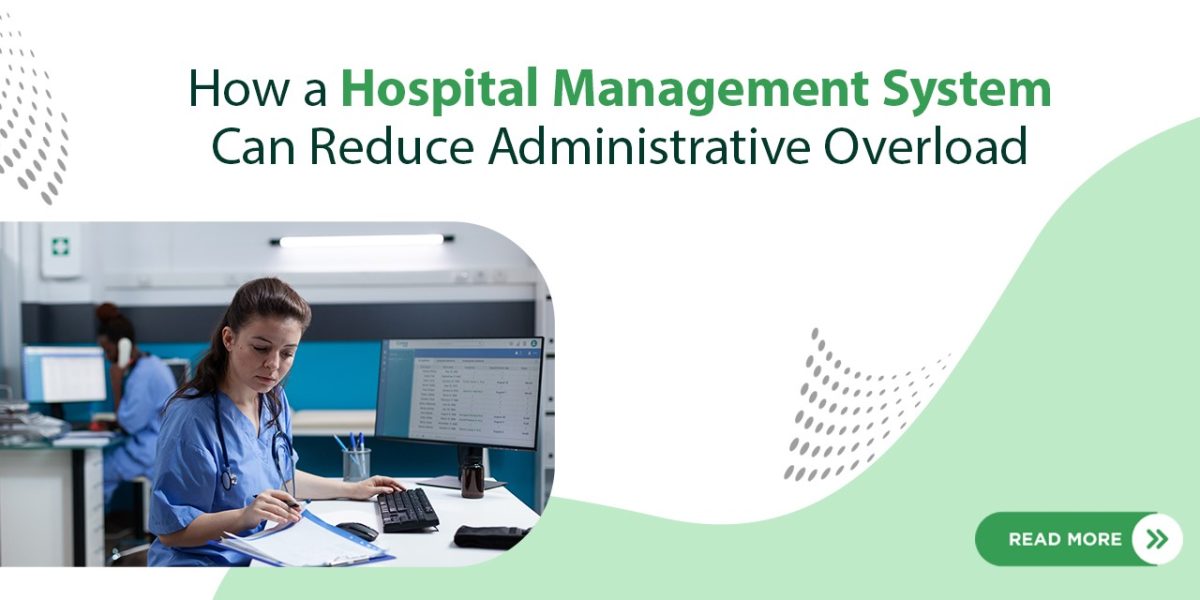ERP (Enterprise Resource Planning) systems have become crucial for companies looking to improve efficiency and streamline operations. However, implementing an ERP system can be a pricey endeavour. A well-defined ERP budget and a thorough understanding of ERP costs are essential to the success of an ERP project. In this blog, we will delve into the various elements that make up the total cost of ERP system implementation. Furthermore, we will equip you with essential measures to devise a budget for your ERP project.
Step 1: Define Objectives and Scope
Before ERP implementation, it is essential to establish the objectives and boundaries of the project. By identifying the required functionalities and modules, cost estimates can be more precise. It is crucial to engage key personnel, department heads, and stakeholders to comprehend their requirements and get their feedback. Create a checklist of essential features and prioritize them based on their significance to the organization.
Step 2: Evaluate your Current IT Infrastructure
Before implementing the chosen ERP system, it’s crucial to assess your organization’s current IT setup to ensure compatibility. If significant updates or changes are needed to support the ERP implementation, make sure to include these costs in the budget. This evaluation process will establish a solid foundation for the new system and help avoid unexpected costs during implementation.
Step 3: Choose the most suitable ERP Vendor
If you want your project to succeed, it’s essential to choose the right ERP provider. For instance, you could consider GIC in Pune. To make an informed decision, you should research different ERP providers and evaluate their performance history, client feedback, and industry reputation. After shortlisting a few vendors, ask for detailed quotes to ensure the proposed solutions align with your company’s requirements. Be sure to inquire about the licensing, implementation, and ongoing support costs as well.
Step 4: Figure out Software Licensing and Implementation Costs
When planning for an ERP project, a significant part of the budget is typically allocated to software licensing and implementation costs. These costs may include:
- License fees: The initial cost of purchasing ERP software licenses is based on the number of users.
- Implementation services: Ensuring a seamless ERP deployment through consulting, customization, data migration, and system integration.
- Training: Providing comprehensive training for staff members on how to efficiently use the ERP system.
- Customization: Factoring in the expenses of any additional customization needed to meet specific business requirements.
Step 5: Consider Hardware and Infrastructure
Efficient management of data processing and storage demands heavily relies on dependable hardware in ERP systems. It is crucial to evaluate the costs associated with procuring new servers, networking equipment, and other hardware components if upgrading your current infrastructure is necessary.
Step 6: Allocate funds for continuous maintenance and assistance
Remember to consider the expenses associated with continuous ERP support and maintenance. ERP systems require technical support, bug fixes, and regular updates. Take note of the vendor’s support policies and calculate the yearly maintenance fees.
Step 7: Plan for Training and Change Management
When creating your ERP budget, you must consider training and change management expenses. Your staff must be properly equipped for the switch to the new system. Failure to invest in comprehensive training initiatives, change management endeavors, and targeted resources will make the transition difficult for users. Ensure a smooth transition by prioritizing these critical components.
Step 8: Distribute Emergency Funds
Even with careful planning, unexpected costs may arise during the implementation of an ERP system. It is important to allocate funds for unforeseen challenges or changes in the project scope. Having a contingency budget in place can prevent the project from failing due to financial issues.
Conclusion
To ensure the successful implementation of an ERP system, it is important to create an ERP budget and fully understand the associated costs. By following these steps, businesses can make informed decisions and avoid overspending. A properly implemented ERP system has the potential to streamline operations and increase profitability.
At Global Infocloud Pvt Ltd, we work with a range of businesses – from Fortune 500 companies to startups – to offer top-quality business automation, design, and marketing services. Our affordable and efficient ERP systems have helped many businesses achieve exponential growth. If you want to ensure your ERP project is a success, get in touch with us today.




